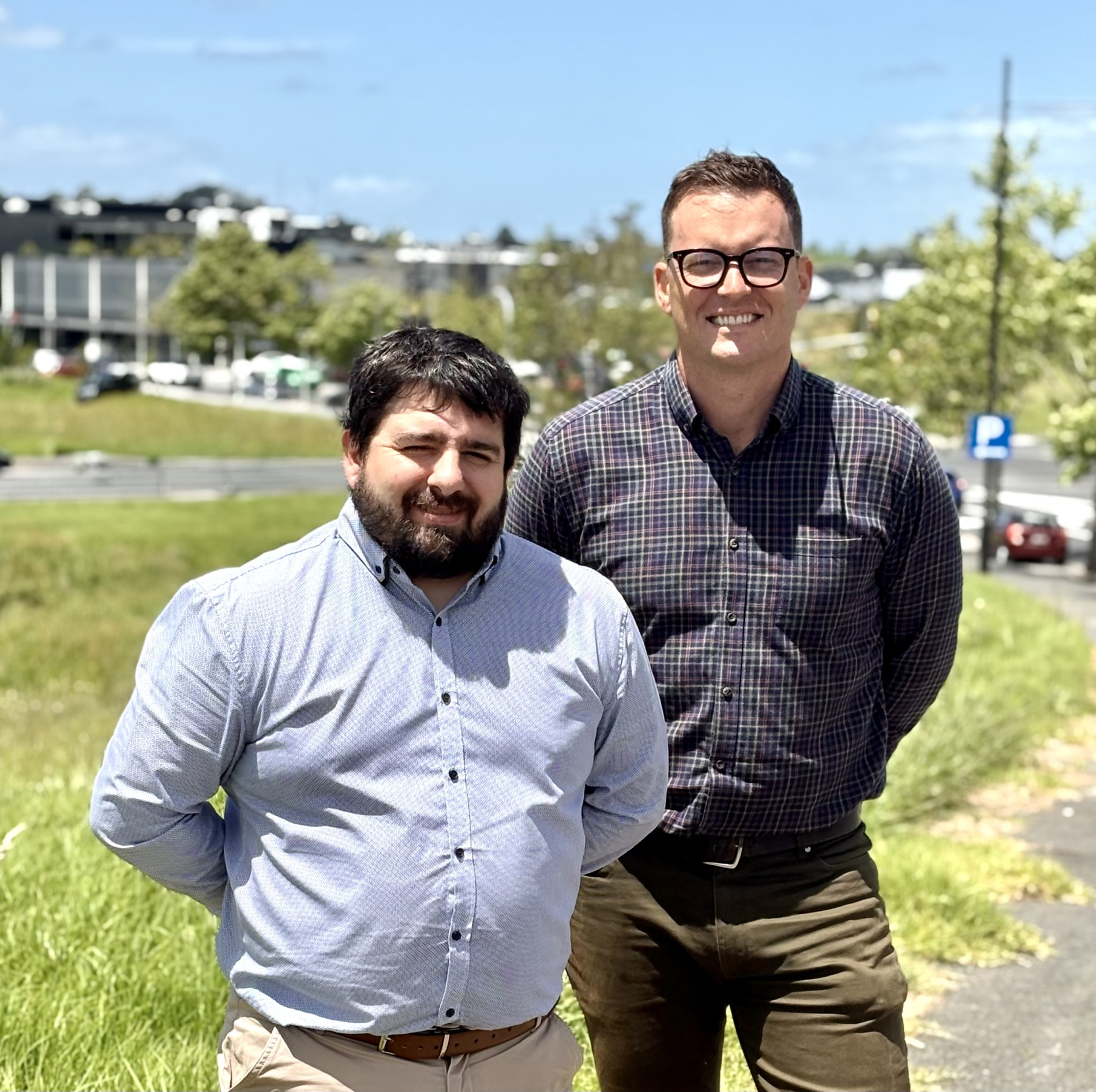Industry 4.0 vs Job Retention: What’s Really Happening in Aotearoa?
4 mins read

As Industry 4.0 technologies reshape New Zealand’s industrial and economic landscape, one question is front and centre:
What does all this innovation mean for Kiwis in jobs?
There is plenty of buzz around automation, AI, and advanced manufacturing and its impact on the jobs market, with equally audible concern around how many jobs will be lost as a result of all the tech disruption.
For us, where job losses will actually land is nuanced; yes, change is coming thick and fast, but it’s not all displacement. It’s also about transformation, adaptation, and opportunity.
In fact, how we respond as employers, recruiters, and policy-makers will determine whether this wave of innovation drives people away… or pulls them in closer.
The Double-Edged Sword of Industry 4.0
Automation ≠ Mass Unemployment
Despite popular fears, automation doesn’t automatically mean job losses. As Callaghan Innovation highlighted in their excellent 2024 report on Aotearoa’s Industry 4.0 Journey, the myth that automation will wipe out jobs is… just that – a myth.
Yes, repetitive or routine-heavy roles may evolve or vanish, particularly in manufacturing or logistics. But in their place, new jobs are emerging; roles that demand different (and often more rewarding) skill sets.
New Roles, New Skills
Think data analysts, robotics technicians, AI trainers, process engineers.
Roles that didn’t exist 10 years ago are now essential, and they’re not slowing down. These new jobs require agility, critical thinking, digital fluency, as well as a talent pipeline that’s ready to meet the moment. And there are many more newly established roles coming to market each day that are constantly changing the landscape.
With the changing landscape we are however facing a growing skills mismatch.
Aotearoa’s Retention Challenge
It’s no secret that New Zealand industries are already grappling with high turnover rates – some sectors reporting attrition north of 70%. Combine that with talent migration and a global appetite for high-skill workers, and you’ve got a fragile retention landscape.
If we don’t address the skills gap and the engagement gap, we risk losing our best people – just when we need them most.
So… How Do We Hold On to Our Talent?
Here’s where businesses can lead the way:
1. Upskilling is Not Optional
Investing in training and development isn’t just a nice-to-have. It’s essential. And it’s not all generic workshops, rather, training and development should include strategic, industry-aligned programs that anticipate tomorrow’s needs, and business growth and adaptation planning.
2. Make Learning Personal
Tailored, on-demand learning platforms give employees the autonomy to grow where it matters. This isn’t just good for retention, it boosts morale, motivation, and productivity. But you as the employer cannot have all the answers. Ask team members to seek out their personal learning opportunities that align with maintaining a relevance in their set of individual disciplines.
3. Show the Path Forward
If your people can’t see a future with you, they’ll find it somewhere else. Map out growth and career pathways, especially those connected to your innovation strategy, and help your team see how they can level up. If good performers are actively pursuing their own growth, and are including you in their plans, you can be assured they will see their future with you.
4. Build a Workplace People Want to Stay In
No tech can replace a positive, inclusive, collaborative culture. People stay where they feel valued, where they see how they fit into the wider purpose, and where they can do meaningful work with others who care.
5. Leverage Tech to Understand Your People
Use AI, engagement tools, and feedback platforms to spot retention risks before they become resignations. Data isn’t just for customer insights, it’s for employee experience, too.
6. Flexibility is the Future
Hybrid work, adaptive hours, project-based workflows – flexible work isn’t a perk, it can be a retention strategy. Especially as Industry 4.0 makes work more digital and less place-bound.
Collaboration is Key
No one can tackle this alone. That’s why industry partnerships, education alignment, and government-led training initiatives are so crucial. We need a national strategy to future-proof our workforce – one that includes everyone, from SMEs to multinationals.
The Bottom Line
Industry 4.0 is here, and it’s moving fast. But it doesn’t have to leave anyone behind.
If we’re willing to invest in people – through training, through culture, through real, strategic retention efforts – New Zealand can emerge stronger, smarter, and more connected than ever.
And at Magnetic, that’s what we’re here for. To connect people and businesses in ways that help them thrive in the future of work.





